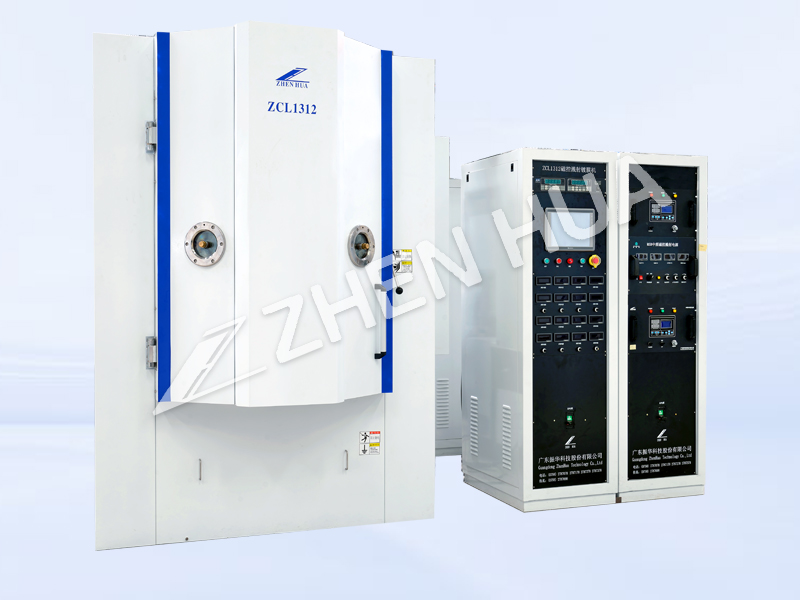ntroduction:
In the world of advanced surface engineering, Physical Vapor Deposition (PVD) emerges as a go-to method for enhancing the performance and durability of various materials. Have you ever wondered how this cutting-edge technique works? Today, we delve into the intricate mechanics of PVD, providing a comprehensive understanding of its operation and the benefits it offers. Read on to discover the inner workings of PVD and its significance in various industries.
Understanding PVD:
Physical Vapor Deposition, commonly known as PVD, is a thin-film deposition technique that involves transferring atoms or molecules from a solid source to a surface via physical means. This technique is widely used to enhance the surface properties of diverse materials, such as metals, plastics, ceramics, and more. The PVD process is performed under vacuum conditions, ensuring precise control over the formation of thin films.
The PVD Process:
The process of PVD can be categorized into four main steps: preparation, evaporation, deposition, and growth. Let’s examine each phase in detail.
1. Preparation:
Before initiating the deposition process, the material to be coated undergoes meticulous cleaning. This step ensures that the surface is free of contaminants, such as grease, oxide layers, or foreign particles, which may hinder adhesion. A pristine surface is crucial to achieving high-quality coatings and prolonged material lifespan.
2. Evaporation:
In this stage, the material used to form the coating, called the source material, is evaporated. The source material is placed in a vacuum chamber, where it is subjected to controlled thermal or electron beam energy. As a result, the atoms or molecules from the source material are vaporized, forming a flux.
3. Deposition:
Once the source material is evaporated, the vapor moves through the vacuum chamber and reaches the substrate’s surface. The substrate, often the material to be coated, is positioned in close proximity to the vapor source. At this point, the vapor particles impinge upon the substrate’s surface, resulting in the deposition of a thin film.
4. Growth:
With each atom or molecule landing on the substrate, the thin film gradually grows. The dynamics of this growth process can be manipulated by adjusting parameters such as deposition time, temperature, and pressure. These parameters enable control over the film’s thickness, uniformity, and composition, ultimately leading to tailored properties to meet specific requirements.
Post time: Jun-29-2023


